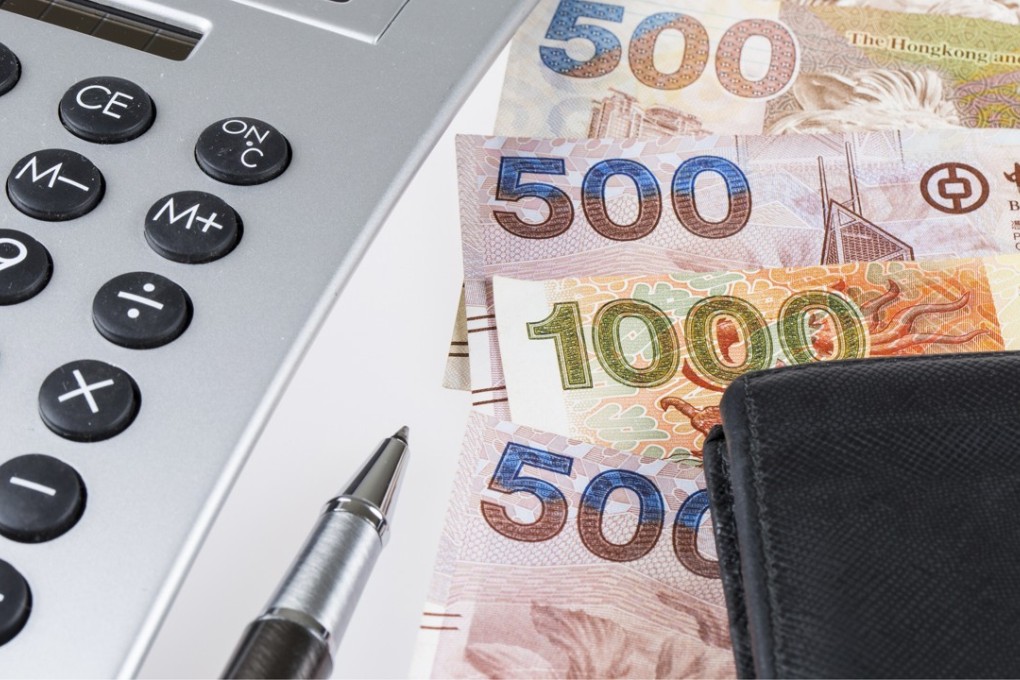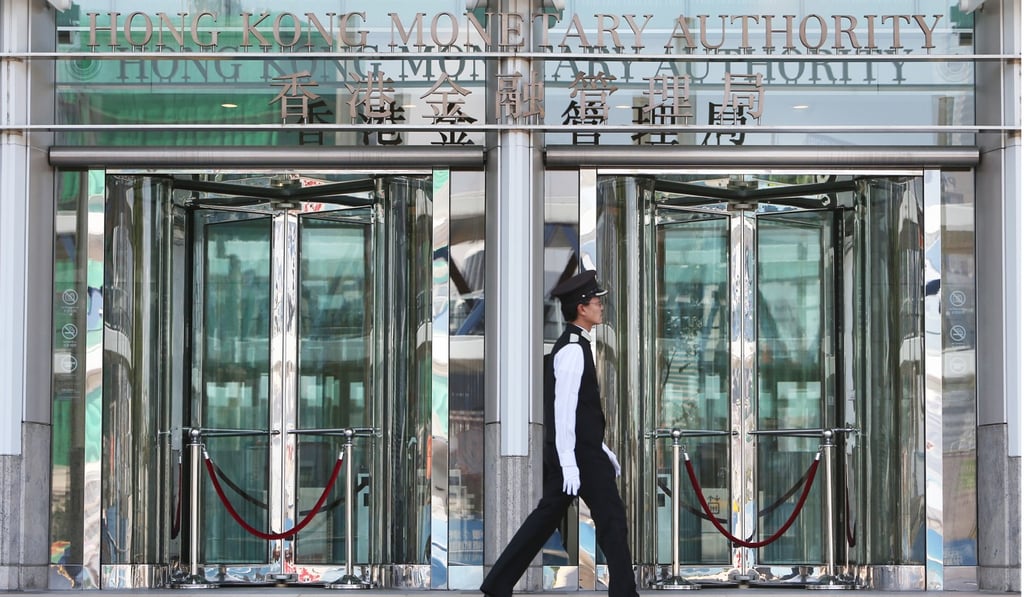What the weakest Hong Kong dollar in 30 years means for firms, workers and travellers
Pressure on imports, holidaymakers and foreign domestic workers as local currency hits three-decade low

A leading Hong Kong chain store specialising in Japanese snacks and consumer goods has responded to the recent depreciation of the Hong Kong dollar by marking up its products by 3 to 5 per cent.
But other businesses believed the weaker local currency, which hit a three-decade low against the US dollar on Monday, would have little real or long-term impact as the fluctuation was marginal.
A currency peg against the greenback since October 1983 has kept the Hong Kong dollar relatively stable.
But that stability has recently been challenged as investors sell Hong Kong dollars ahead of a meeting later this month of the US Federal Reserve. Traders fear the American central bank will raise US interest rates, thus widening the gap between Hong Kong’s borrowing costs and those stateside.
The Hong Kong dollar fell to a rate of 7.8322 per US dollar on Monday, edging closer to the 7.85 lower limit of a trading band which the city’s de facto central bank, the Hong Kong Monetary Authority, is obliged to maintain.

